Fish, shrimp and water bears could be the first animals to live on the Moon and Mars alongside humans, researchers say.
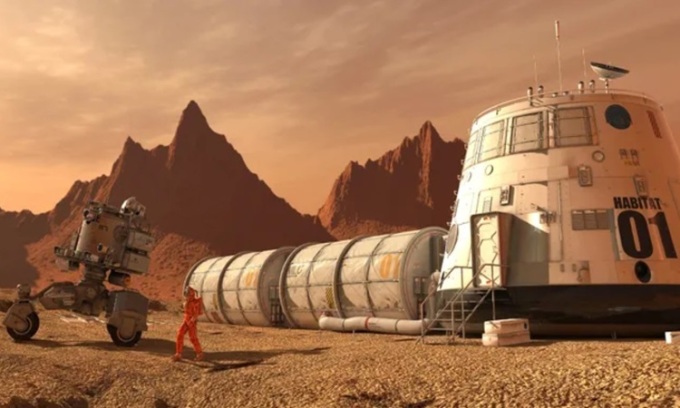
Simulation of a settlement on Mars. Photo: e71lena
NASA plans to build a permanent settlement on the Moon by the end of the century, followed by human exploration of Mars. But when we establish bases beyond Earth, humans will need to bring an ecosystem with them, including animals. After all, animals can help perform important jobs, such as pollinating insects, feeding fish and shrimp in small pits, or helping tardigrades figure out how to deal with radiation. However, researchers are divided on what animals could live on the Moon and beyond, on Mars, according to Live Science .
Complex extraterrestrial ecosystems are still a distant future and more science fiction than actual scientific research, says David Catling, an astrobiologist at the University of Washington in Seattle. Gravity could be a major obstacle, obviously.
“The key issue is reduced gravity,” said Christopher McKay, a planetary scientist at NASA’s Ames Research Center. The Moon and Mars have about one-sixth and one-third the gravity of Earth, respectively. Habitats could be built to mimic the temperature, pressure, and atmosphere of Earth, but there’s no way to change the gravity.
The best-case scenario is that animals would develop on Mars and the Moon as they do on Earth, but there’s no data yet. The altered gravity could affect muscle and bone development, making it impossible for animals on Mars to stand or walk normally. In these conditions, small animals like mice and aquatic animals are likely the best bet. Given the challenges of space, simpler animals like insects or crustaceans might be more resilient, McKay says.
Space settlements also require resource efficiency and high efficiency. Because fish and other aquatic animals are buoyant, changes in gravity would have little impact on their growth, McKay speculates. Fish could make good pets because they are more efficient feeders and produce less waste than land animals, according to a 2021 paper in the journal Frontiers in Astronomy and Space Sciences . Since 2019, the Lunar Hatch program has been exploring the feasibility of transporting fish eggs into space for hatching. If they can survive launch and spaceflight, fish could be a more efficient source of protein than livestock.
Insects are also viable space pets, according to a 2020 report from the University of South Australia and the International Space University in France. Insects like grasshoppers ( Acheta domesticus ) are the most viable and cheapest, providing a quality protein source while using less space and water than traditional protein sources. In a closed life support system like an artificial habitat for humans and animals to survive on Mars, insects could serve important tasks such as pollination, tilling and clearing debris, and as a backup food source in case of crop failure, according to Catling.
Like insects, crustaceans can be raised in small spaces as an efficient food source. Shrimp can be kept in small tanks in hydroponic systems that help grow plants.
To colonize the Moon, researchers are turning their attention to tardigrades. These tiny, hardy creatures have demonstrated an ability to withstand extreme conditions, including extreme heat and cold, radiation, and the vacuum of space. Past missions have shown they survived 12 days in the vacuum of space and can reproduce without negative effects during spaceflight. While not directly involved in the human ecosystem, studying tardigrades in space could reveal how they tolerate extreme conditions like radiation, potentially mimicking that trait in other living organisms.
An Khang (According to Live Science )
Source link








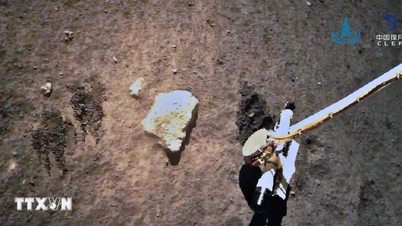

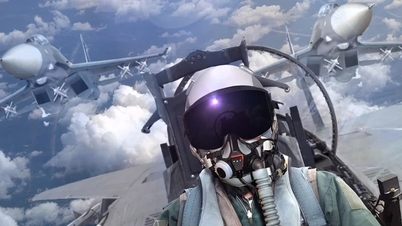



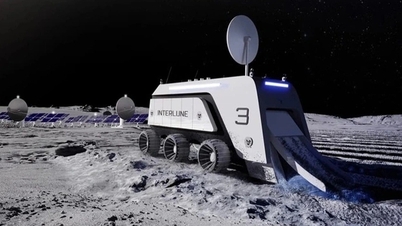
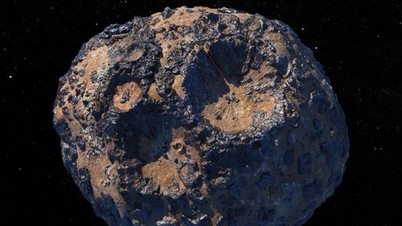

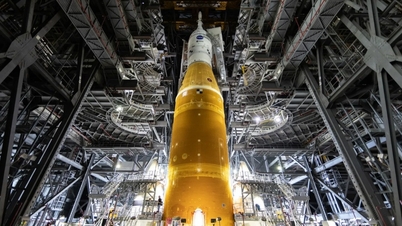






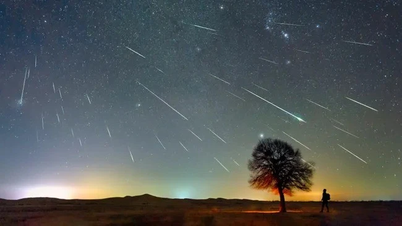
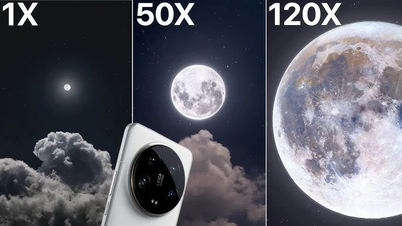





























































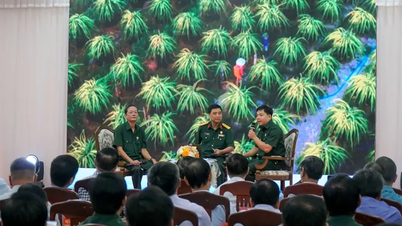


















Comment (0)